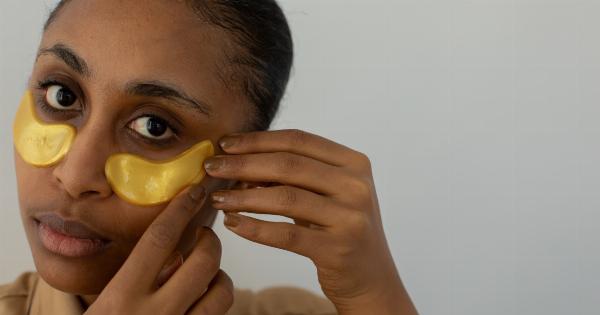Have you ever experienced a sudden and unexplainable feeling of warmth and redness in your ears? If so, you might be wondering what’s causing this strange phenomenon and whether it’s something to be concerned about.
In this article, we’ll delve into the science behind ear blushing and explore the various factors that can contribute to this unusual symptom.
What is ear blushing?
Ear blushing is a phenomenon characterized by sudden, uncontrolled redness and warmth in the ears. This condition can occur on one or both sides of the head and is often accompanied by a tingling or burning sensation. Ear blushing can be triggered by a variety of factors, including emotional stress, embarrassment, anxiety, and physical exertion.
In some cases, ear blushing may be a sign of an underlying medical condition, such as rosacea, hormonal imbalances, or certain medications.
The science behind ear blushing
Ear blushing is caused by the dilation of blood vessels in the skin of the ears. When you’re under emotional or physical stress, your body releases adrenaline and other stress hormones. These hormones cause your blood vessels to constrict, which in turn increases your heart rate and blood pressure.
When the stressor is removed, your blood vessels begin to relax and dilate, which allows more blood to flow through.
This increased blood flow can result in the sudden warmth and redness that is characteristic of ear blushing.
Factors that can trigger ear blushing
There are many different factors that can trigger ear blushing, including:
Emotional stress
Emotional stress is one of the most common triggers of ear blushing. In response to stress, your body releases adrenaline and other stress hormones, which can cause your blood vessels to dilate and increase blood flow to your ears.
This can lead to a sudden feeling of warmth and redness in your ears.
Embarrassment
Embarrassment can also trigger ear blushing. When you’re embarrassed, your body releases adrenaline and other stress hormones, which can cause your blood vessels to dilate and increase blood flow to your ears.
This can result in a sudden feeling of warmth and redness in your ears, which can be visible to others and make you feel even more self-conscious.
Anxiety
Anxiety can cause ear blushing by triggering the release of adrenaline and other stress hormones.
These hormones can cause your blood vessels to dilate and increase blood flow to your ears, resulting in a sudden feeling of warmth and redness.
Physical exertion
Physical exertion can also trigger ear blushing. When you exercise, your heart rate and blood pressure increase, which can cause your blood vessels to dilate and increase blood flow to your ears.
This can result in a sudden feeling of warmth and redness in your ears.
Medical conditions
In some cases, ear blushing may be a symptom of an underlying medical condition, such as:.
- Rosacea
- Hormonal imbalances
- Autoimmune disorders
- Medications
If you experience frequent or persistent ear blushing, it’s important to see a doctor to rule out any underlying medical conditions.
Treatment for ear blushing
If your ear blushing is caused by emotional stress or other non-medical factors, there are a few things you can do to help alleviate your symptoms:
- Practice relaxation techniques such as deep breathing, meditation, or yoga
- Avoid triggers such as caffeine, alcohol, and spicy foods
- Distract yourself with a calming activity
- Exercise regularly
If your ear blushing is caused by an underlying medical condition, your doctor may recommend medications or other treatments to help alleviate your symptoms.
Conclusion
Ear blushing can be a strange and unnerving symptom, but it’s usually harmless and can be managed with a few simple techniques. By understanding the science behind ear blushing and the various factors that can trigger this condition, you can learn to recognize and manage your symptoms more effectively.































